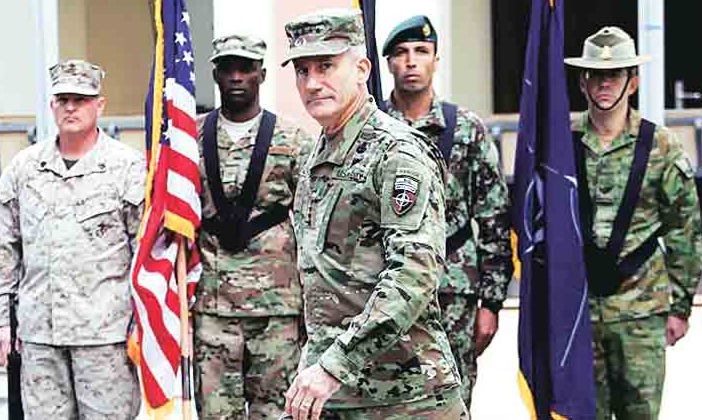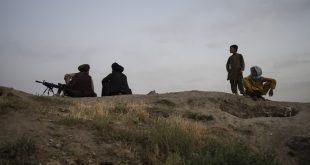AT Monitoring Desk-KABUL: The US, NATO troops’ commander in Afghanistan Gen. John Nicholson, terming poor leadership in certain levels as a sole reason behind casualtiessurge.
“We are very concerned about the casualty rate,” said Nicholson in an interview with NBC news, explaining that last year the Afghans suffered high casualties and this year it has been “the same or slightly higher.”
“One of the principle factors for the high casualties has been the leadership, the failures of leadership at certain levels. Primarily this has been in the police and to a lesser extent in the (Afghan) army,” Nicholson said.
“We have seen general failures” in some units, he said, highlighting the police as a particular problem area.
Nicholson added that some Afghan units are not only lacking leadership, but they have little ammunition or even food and water.
“The failure is not the young soldier on the ground, the failure is the ability to properly supply them and lead them. So these young police officers who are dying out there on the checkpoints don’t always have enough food or water or ammunition, and their leader may not be with them,” he said.
He added that both corruption and leaders failing to lead their troops on the ground in a dangerous situation are resulting in security force casualties.
More than 900 Afghan security personnel died in July while battling Taliban insurgents, Nicholson said earlier this year.
“There were over 900 martyrs in the Afghan army and police. This is almost a brigade of soldiers and police, and we should not forget for one minute the sacrifice that they are making even as we live today.”
“Casualties are a problem,” spokesperson for Operation Resolute Support Brigadier General Charlie Cleveland echoed.
Cleveland explained that many of the casualties have occurred at the thousands of checkpoints around the country, which are usually undermanned.
Checkpoints are “a huge source of casualties,” Cleveland said, but he could not say whether that is the main source.
The US military believes there are too many checkpoints and they should be streamlined, he explained, saying that the US has conveyed that feeling to the Afghans.
The Afghan Army is not currently at full strength, Cleveland said, explaining that they are funded for 190,000 troops and generally hover around 170,000 total serving.
The Afghan police are closer to their allotted end strength of 150,000 he said, but added that their numbers fluctuate. Cleveland explained that despite the fact the recruitment remains relatively high, casualties are too high to make up the deficits and the forces are consistently below their allowed end strength.
 Afghanistan Times
Afghanistan Times




